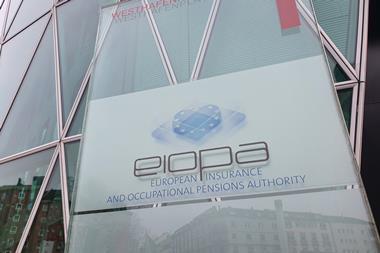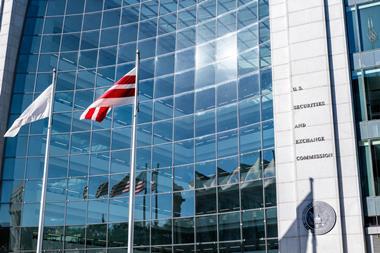NETHERLANDS - The Salvation Army in the Netherlands has placed the pension plan for its 450 officers with pensions insurer Syntrus Achmea.
Until now, the Salvation Army carried out the pension provision for its officers under its own management, through its €25m 'retraite' scheme.
Contrary to the 5,500 regular staff, the serving officers are unpaid and receive only a modest allowance for living expenses, which is scaled down after retirement.
However, the officers are also entitled to the state pension AOW, as their employer pays the necessary contributions.
Harm Slomp, the army's financial secretary, said: "Syntrus Achmea will carry on the implementation and administration of the retraite fund in its current setup."
He stressed that Syntrus Achmea had offered the Salvation Army, "being a non-commercial client", favourable conditions.
The Salvation Army's other 5,500 paid staff are participants of either the healthcare scheme PFZW or the civil servants pension fund ABP.
In other news, Dutch pension funds' administration costs were €302 per participant on average last year, but no more than €102 if combined costs were spread across all participants, according to estimates from the Pensions Federation.
In a letter to state secretary Paul de Krom, the organisation added that asset management costs and transaction costs were 0.40% and 0.13% of the average assets under management.
The federation said it had consulted research conducted by the occupational association of accountants (NBA) and the magazine for accountancy and business economics (MBA).
It concluded that pension funds had made great strides in implementing targets set by the federation last year.
Based on the annual reports of 158 pension funds - with combined assets of €722bn - the researchers found that 85% of schemes already reported on the costs of pensions provision, whereas 91% had published their asset management costs over 2011.
The targets were 80% and 65%, respectively.
According to the NBA and MBA, 76% reported their transaction costs, more than three times the objective.
The federation had set the aim for transaction costs significantly lower, "as these costs are usually not perceived as such, but remain invisible through an increase or decrease of a purchase or sale transaction respectively".
As a result, these amounts are "indirectly deducted" from the returns, it said.



























No comments yet